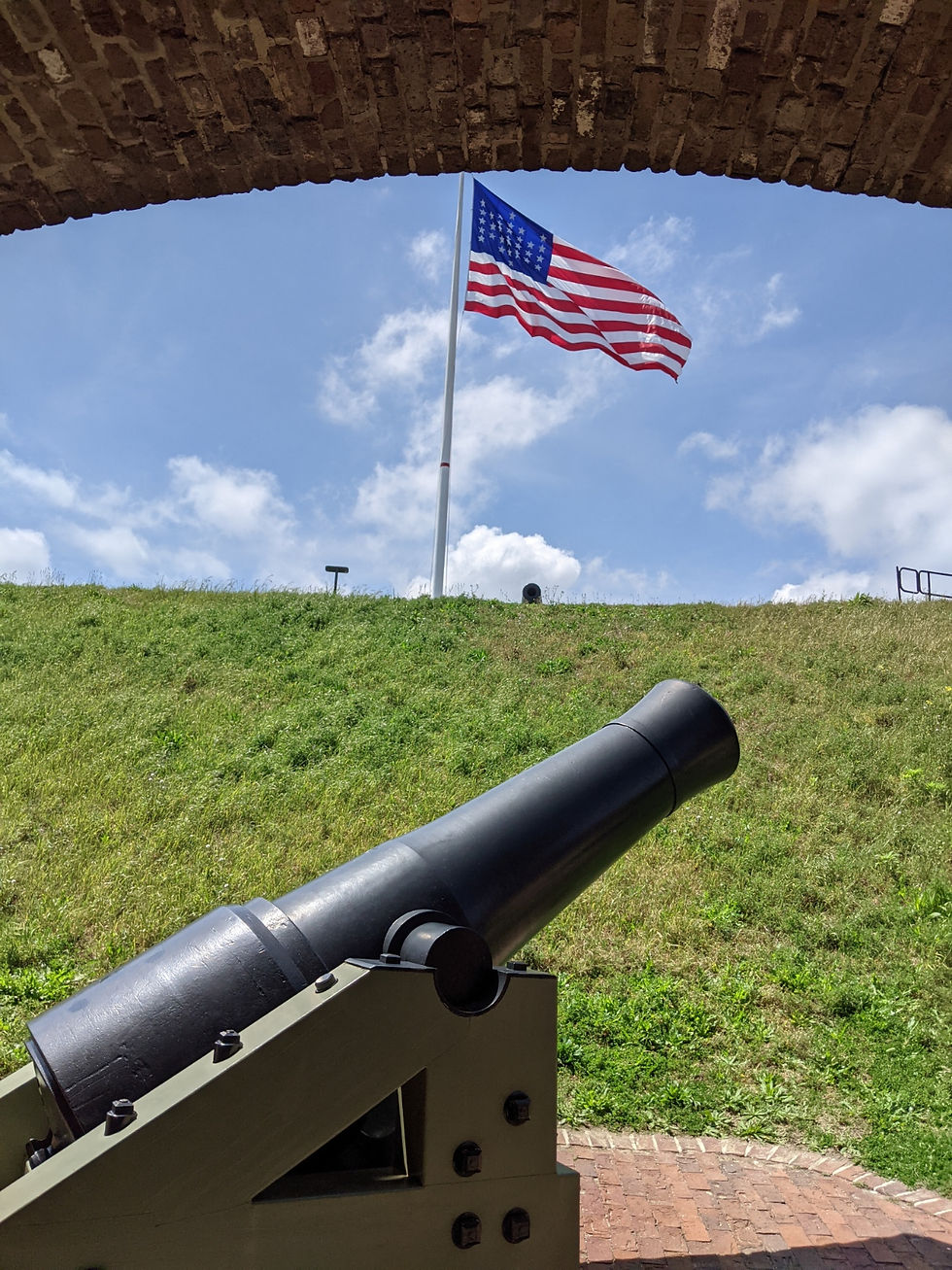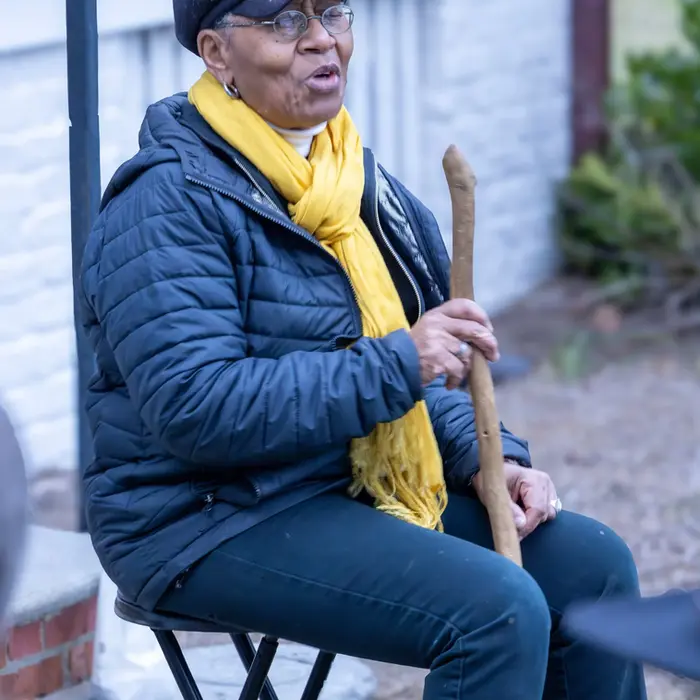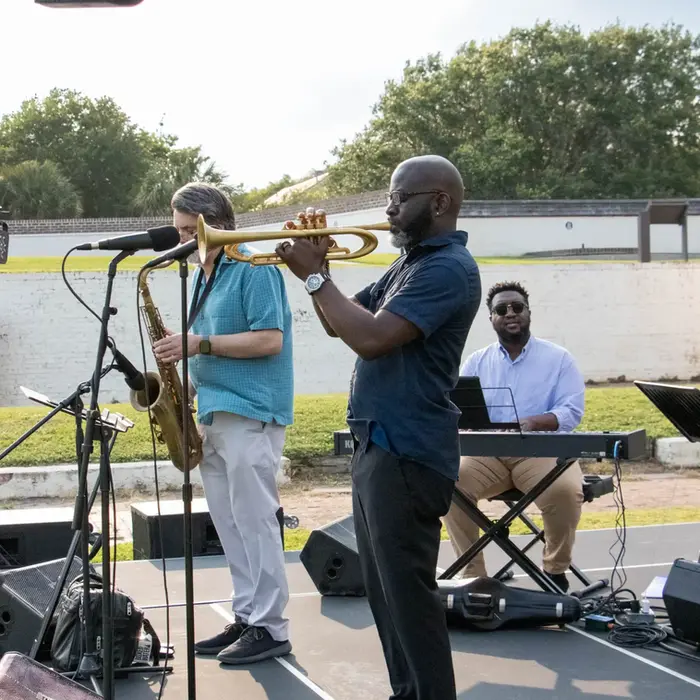
OUR MISSION
friends of charleston national parks aims to support the preservation, enhancement, and education of Charleston’s National Parks by funding programs and projects that protect their cultural, historic, and natural resources. We strive to bridge the gap left by government funding, ensuring these treasured parks remain vibrant for future generations to experience and enjoy.

PRESERVING
PROMOTING
PROTECTING
EXPLORE OUR PARKS

FORT SUMTER
LOCATED IN THE MIDDLE OF CHARLESTON HARBOR & ONLY ACCESSIBLE BY FERRY
OPEN EVERYDAY 9AM-4:30PM
Discover the rich history and significance of Fort Sumter, a premier historical site located in Charleston Harbor, South Carolina. Known as the birthplace of the American Civil War, Fort Sumter offers visitors an unforgettable glimpse into a pivotal moment in United States history. Plan your visit to Fort Sumter and immerse yourself in the events that shaped a nation.


B.A.R.K. Rangers
The National Park Service’s B.A.R.K. Rangers program promotes responsible pet ownership and encourages community engagement, ensuring that pets and wildlife coexist harmoniously. Bring your pet to the Fort Moultrie Visitor’s Center, where they can be sworn in as an official B.A.R.K. Ranger and receive a complimentary tag for their collar! Bandanas are also available for purchase, allowing your pup to proudly show off their ranger status.

Kids to Parks – Fort Sumter & Fort Moultrie
Kids to the Parks provides fully funded field trips for fourth-grade students to Fort Sumter (January–February) and Fort Moultrie (March–April). This program offers students a unique opportunity to experience history firsthand, deepening their understanding of both local and national heritage. For many participants, this may be their first chance to visit these historic sites, creating lasting memories that inspire a lifelong appreciation for our national parks.

Artist in Park Program
The National Park Service program at Fort Moultrie on Sullivan’s Island provides a unique platform for artists to create works inspired by the stunning landscapes and rich history of our national parks. Through immersive, on-site creative opportunities, artists are invited to engage deeply with the beauty and heritage of Fort Moultrie. This program enables artists to work within the parks, fostering public engagement and offering visitors a chance to witness the artistic process firsthand.

Sensory Kits for Special Needs Visitors
The Sensory Kits for Special Needs Visitors initiative enhances accessibility at Fort Sumter and Fort Moultrie by providing sensory-friendly kits for visitors with special needs. These kits, along with Park Ranger training, ensure that every visitor can experience the parks in an inclusive, welcoming environment.

Cannon Conservation and Preservation
The Cannon Conservation and Preservation initiative focuses on conserving and restoring the historic cannons at Fort Sumter and Fort Moultrie to prevent deterioration and ensure their legacy endures. With support from donors, this project will allow for thorough conservation of these artifacts, preserving them for the next five years as integral elements of the parks' historical landscape.

New Interpretive Signage at Fort Moultrie
The New Interpretive Signage for Fort Moultrie project focuses on developing and installing updated signage that offers detailed historical information, enhancing each visitor’s experience. With private support from Friends of National Parks unlocking additional Centennial Funds, this project aims to be completed by 2026 to commemorate America’s 250th anniversary, providing an engaging, informative journey through Fort Moultrie’s history.






























